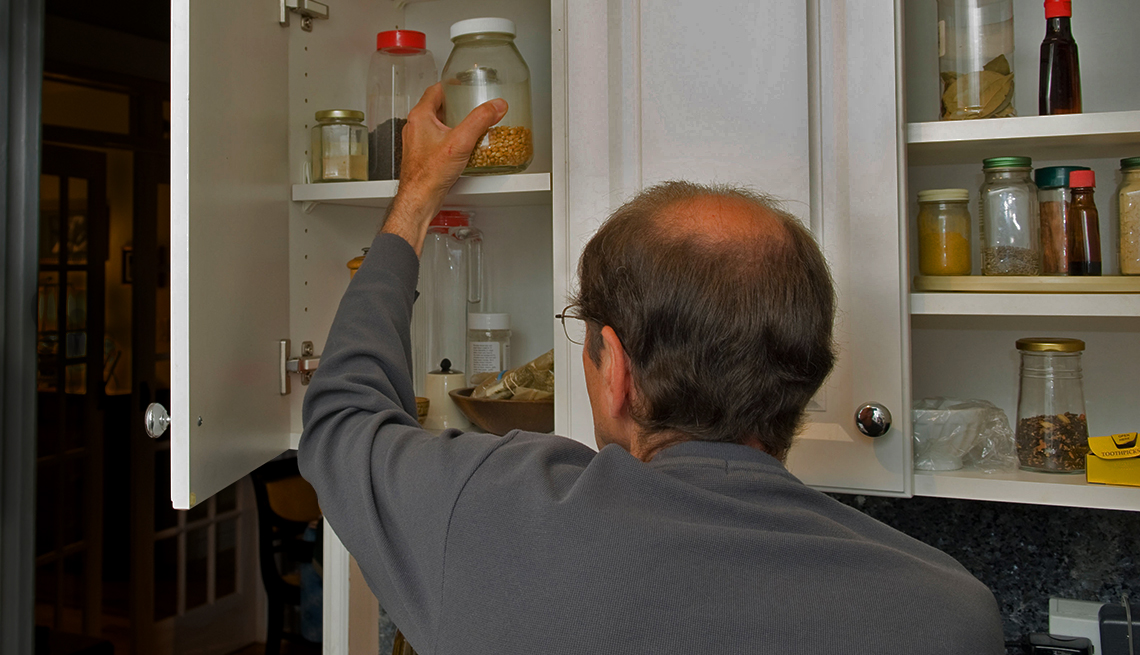Staying Fit
The power’s out, but you still have to eat.
Hurricanes, wildfires, thunderstorms and other weather-related events are causing an uptick in electrical outages, which can span a few hours or a few days, sometimes leaving millions without power. But with a little advance planning and some creativity, your meals don’t have to be limited to beans out of a can.


AARP Membership— $12 for your first year when you sign up for Automatic Renewal
Get instant access to members-only products and hundreds of discounts, a free second membership, and a subscription to AARP the Magazine.
Preparation for a lack of power starts with the usual supplies of flashlights, batteries and first aid items, but you’ll also want to have an ample supply of pantry staples, water and a manual can opener if you normally use an electric version. Even without electricity, you can cobble together a satisfying meal to feed yourself and your family. Here are some tips and recipe ideas for eating safely and deliciously when the power is out.
Raid the refrigerator
“If your power outage is less than two hours you don’t need to worry about the perishables in your fridge going bad,” according to Red Cross spokesman Michael Devulpillieres.
But if your outage lasts longer, the refrigerated food is what you want to use up first. Some refrigerators may keep food cold up to four hours, but it’s dependent on how tight a seal your model has and how often the fridge is opened. If the refrigerator is still at 40 degrees Fahrenheit or below, food is still safe to eat, according to the Food Safety and Inspection Service of the U.S. Department of Agriculture, but go by sight and smell — never taste — to determine if food has gone bad.
Many refrigerated items can last longer at room temperature, including fruits and vegetables like apples, tomatoes, carrots and harder cheeses like cheddar; avocados and breads should remain good to eat beyond a few hours. Obviously a salad works, but think about incorporating those items into more creative meals.
Gazpacho: Chicago chef Bill Kim suggests taking some of these vegetables and making a gazpacho if you have the tomatoes. “You can keep it chunky and mash up some bread in there and other vegetables and let it all marinate together,” he says.
Panzanella salad: If you have day-old bread you can also make a panzanella salad, simply tossing that partly stale bread with vegetables, olive oil and vinegar. Toss in any herbs you had in the refrigerator or pull dried herbs from your pantry.
Avocado “toast”: If you have bread that’s still fresh (you can even use crackers), mash together avocado, red pepper flakes, salt, pepper and lime juice if you have it. Spread on bread or crackers.





































































